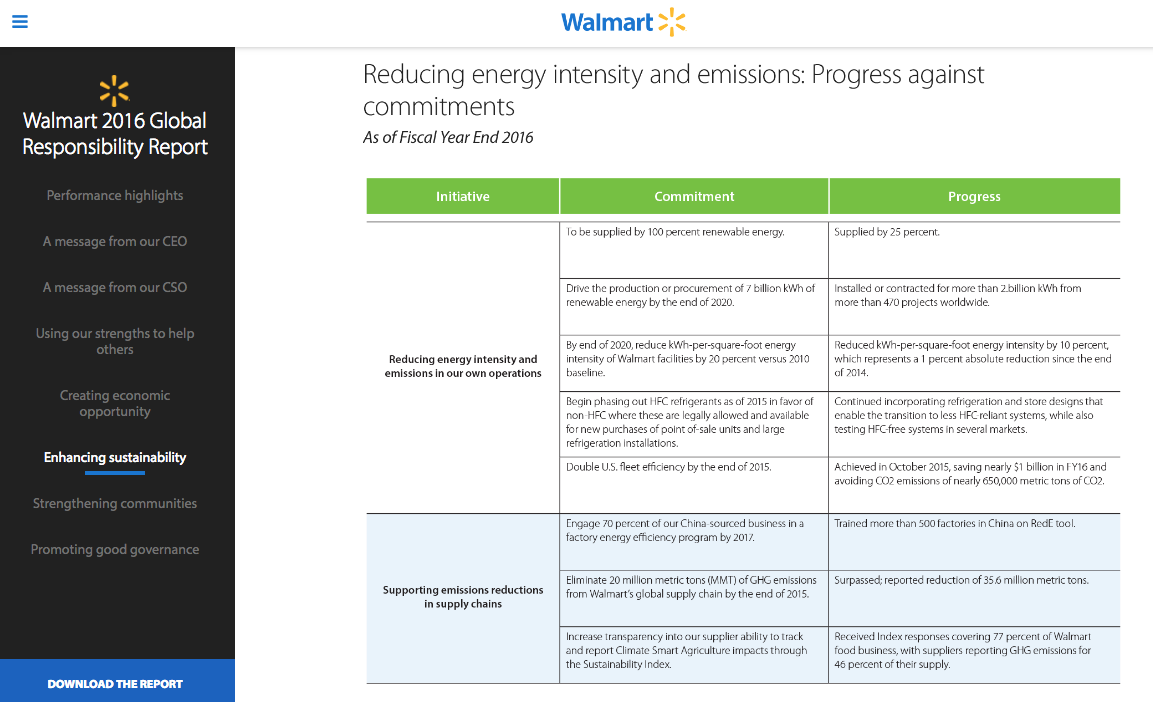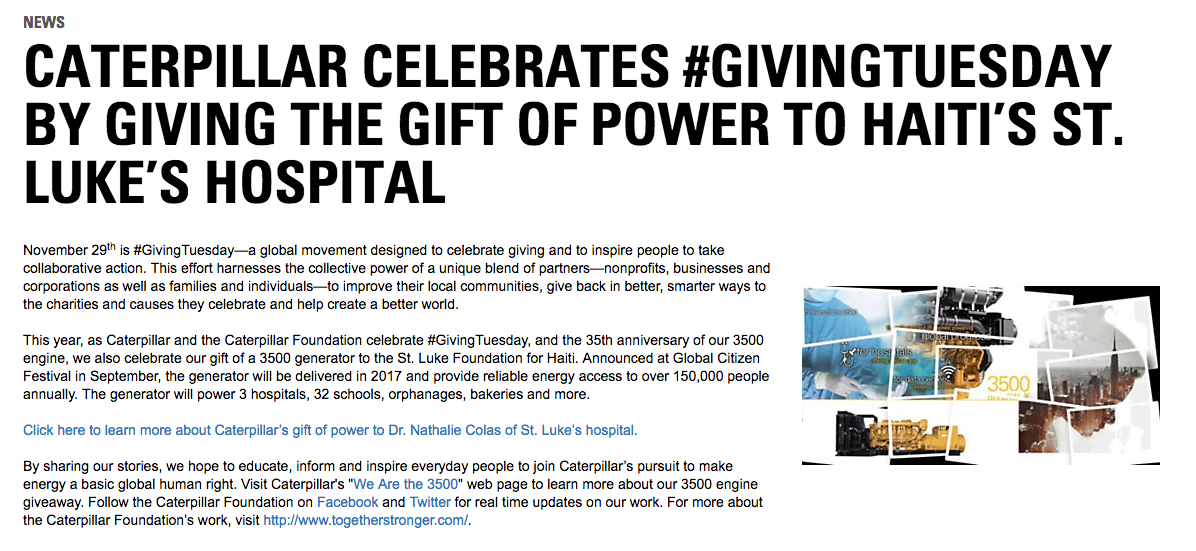How to be Philanthropic with your Business
Before we answer the question of how you can be philanthropic with your business, we must first answer the question of why. Why should a business be philanthropic? In what ways does being philanthropic help a business? Aside from doing a good deed for your community, being a philanthropic business can provide two very obvious overall benefits for a business:
- Increasing Employment Interests. Now more than ever people want to work for a company that gives back. It’s not enough for a company to be successful, but that company should be giving back. Current and prospective employees also feel encouraged and positive about working for a company that cares about others.
- Increasing Business. Being a beacon of giving in your community will increase business opportunities by forming relationships with other organizations such as the nonprofits your company donates to or volunteers with. Businesses want positive articles and reviews written about them and an impressive way to get that is by giving back to your community
It’s a win-win all around. So now we can get into the how. The easiest way to do this is to choose organizations your employees want you to support (it’s great to get your employees’ opinions to further encourage them to be productive and responsible employees). Once you’ve found the right mission, consider how to make it happen below:
Make Changes to Your Processes
Just as donating and volunteering are important aspects of a philanthropic company, updating and changing processes to better the community and world can make a big difference. Many companies, for example, are doing this by changing processes to “go green.”
An example of this is Walmart – changing their truck fleets to fuel-efficient trucks, saving “thousands of tons of CO2 emissions,” according to a business.com article. Making changes like this will not only show your philanthropic colors, it will save your company money. Going green is an efficient way to save money and make changes that could impact your community in a positive way, and it’s something just about every company can adopt.
Conservation initiatives usually have a large upfront cost, but pay off in the end. Things such as using less packaging may cost a bit to change your processes, but will benefit the community when less packaging is making its way into a landfill. Companies can also add solar panels to their buildings – again, a large upfront price tag, but will easily pay off when your power bill comes in. These would both be great opportunities to partner with local companies to make these changes and then show the community your worth through local news coverage.
Incorporate Charity Into Team-Building Activities
Giving back to the community is a great way to incorporate team building and camaraderie for your employees. People get burnt out from work and that can make the environment at work tense. Break that tension with an outing for your employees where they can let loose, enjoy their time and feel good about the positive impact their making for their community. In return, your employees will appreciate the company they work for and ideally want to work harder to make it an even better company!
Easy examples of this could be building houses with your local Habitat for Humanity, raising money and participating in a local walk, volunteering at a food bank or soup kitchen. Below is an example from DMV.org that has a Give Back program for employees to get out and help within their community (they even go as far as to have a local, financial, and online ways for users to give back, which you can learn more about here):
Implement a Giveback in Your Goods and Services
Donating a portion of sales, products or services to a cause using a giveback business model is a win-win. Take TOMS shoes business model – for every pair of TOMS sold, a pair is given to a child in need, not to mention they also donate to help with sight, water, safe birth and bullying prevention. Since 2006, over two million children have been protected from hookworm with medication and TOMS shoes.
This is of course the most obvious example, but others such as Give Something Back use this approach. They sell your typical office supplies and give a percentage back to those in need:
Donation Matching Program
The best way to implement a donation-matching program is to first survey your employees to get a list of charities they want to support. This gives your employees the power to choose where their charitable money is going and will give them more incentive to participate if it’s a charity of their choosing. Bigger companies can implement a full match program (of course, you can put a cap to the amount you match if needed) to match every cent donated by employees to double the amount raised and to show your employees and the community your company supports your employees passion.
This can also be done on a smaller level for small businesses, matching a certain percentage so your company can still match, but maybe not on the large scale of matching 100 percent.
Donate Products or Services
Depending on what industry you are in, you can donate products or services to support charity work. Caterpillar Inc., a global construction company, donates equipment and works with disaster relief efforts year-round. A great example is their philanthropic arm, Caterpillar Foundation, and Caterpillar donated a generator to the St. Luke Foundation for Haiti.
Note: While giving back is the number one goal, earning media coverage like Caterpillar did above can be used as a great marketing strategy, sometimes called “cause marketing.” Whether that coverage is on your own website and social media channels or through local news organizations, pitching story ideas to local journalists with a philanthropic point can often turn into newsworthy coverage and is an easy way to get great, positive brand recognition.
The Takeaway
Being a philanthropic company is important for many reasons – employee satisfaction, business opportunities, brand recognition and community support. Employees want to work for a generous company that cares for the communities they live and work. Job satisfaction doesn’t just include enjoying the work, it includes being proud of the company you work for, and being a philanthropic company can do that.
Many business opportunities can grow from partnering with other local companies to support charities in the area. This knocks out two company goals – partnership and philanthropy. Brand recognition will follow if you reach out to local news organizations. Supporting the community your company is headquartered (and outside of it) can be such a great way to get positive brand recognition, bring in more partnerships and get prospective employees interested. Philanthropy is a win-win-win. Visit here to learn more about how an agency can help you get started and make sure you’re making the most of your new-way of business.
Have you ever been a part of a company that is philanthropic? Has your business come up with a plan that works? Let us know your thoughts in the comment section below!












